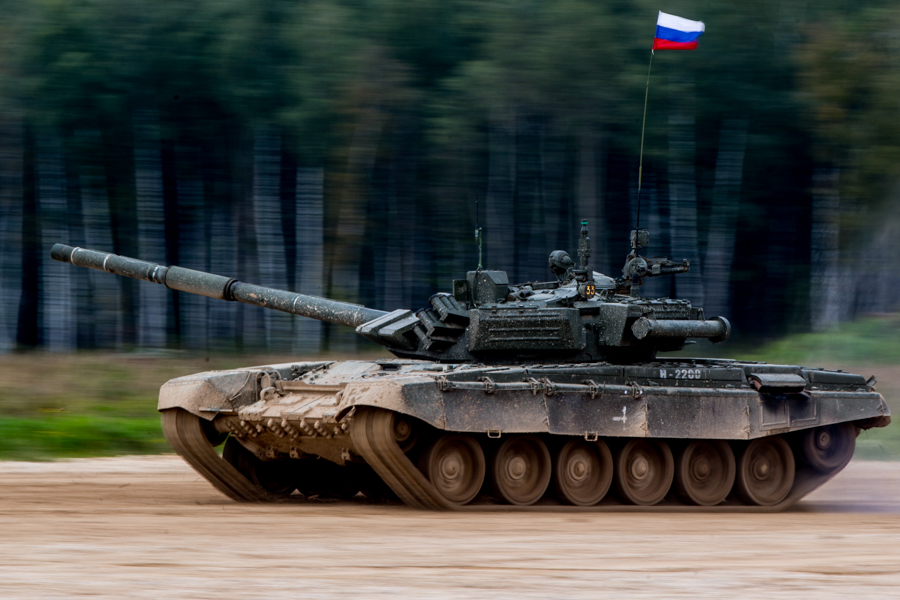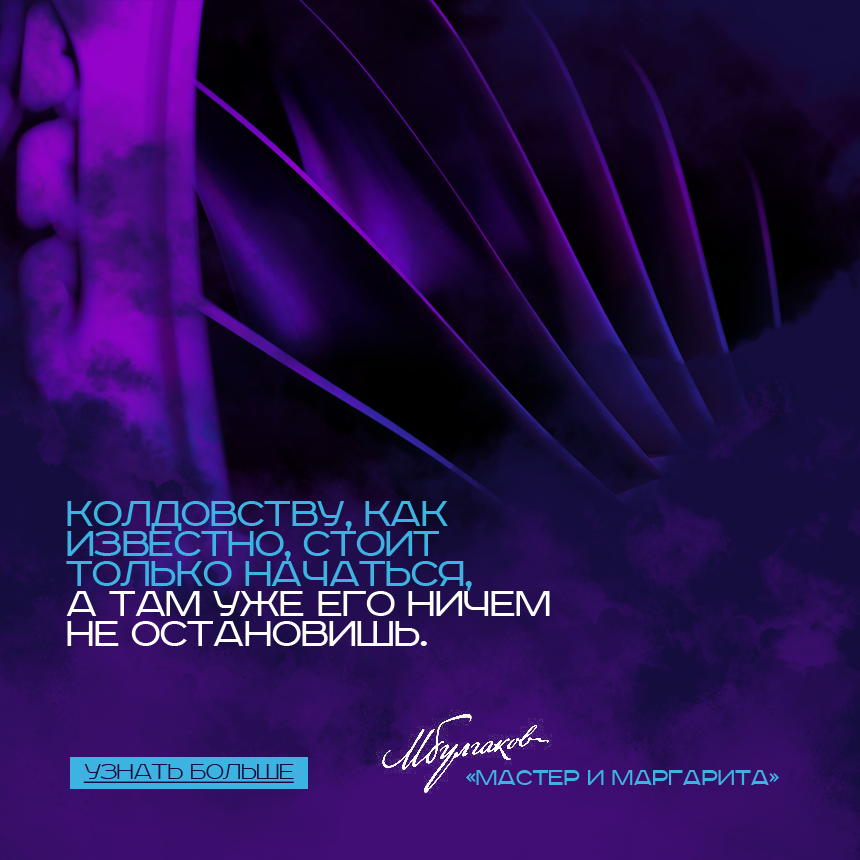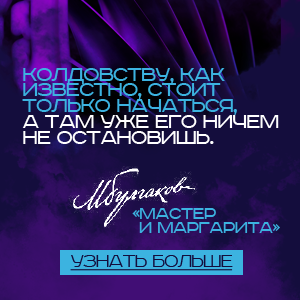
Photo: Ministry of Defence of the Russian Federation
Fire, armor and movement were embodied in the most widely-used modern tank – T-72 “Ural” – that forms the basis of armies in dozens of countries. Uralvagonzavod alone, currently included in Rostec State Corporation, has produced more than 20,000 various versions of the “72s”. A total of about 30,000 such tanks have been manufactured globally. Fifty years ago on 7th August 1973, the vehicle entered service in the Soviet Army, and these tanks are still on duty, while the tank manufacturers upgrade them on a regular basis.
The emergence of the T-72 is directly related to the development of another tank – the T-64. It all started back in the 1950s, when the Soviet tank manufacturers were tasked with creation of a brand new tank to replace the obsolete T-54 and T-55. Such work was carried out in several design bureaus, including the Design Bureau of Kharkiv Malyshev Factory. The T-64, a revolutionary tank for its time, was designed there and featured high capabilities. As is often the case, the new product had a lot of “childhood diseases” that were not as easy to overcome.
A factory in Nizhny Tagil was offered to rework the T-64 mobilization version and had already prepared the main battle tank design by the time, which had a new chassis, high power engine, autoloader with 115mm and 125mm cannon. The resulting tank was called Object 172 (Ob'yekt 172), it was fitted with an engine made in Nizhny Tagil, while the T-64 chassis was still used. The new engine made the tank heavier by 1.5 tons straight away, therefore the chassis showed not the best results during the test.
After modernization, the Object 172 received an upgraded chassis, which together with the autoloader and other equipment was also designed by Uralvagonzavod. Thus, it can be safely said that this was actually a new tank compared with the initial version. Uralvagonzavod’s designers were also able to solve a critical task for production of a main battle tank for a large army – to make a cheaper and simpler vehicle compared with the T-64, while maintaining all combat qualities. After all tests, the new T-72 “Ural” entered the service in the Soviet Army on 7th August 1973, and as early as a year after this, in 1974, Uralvagonzavod launched mass production of the tank.
The tank weighed 41 tons and was fitted with a 125mm smoothbore cannon and 7.62mm coaxial machine gun. To ensure antihelicopter and anti-light-armored-vehicle capability, a 12.7mm antiaircraft machine gun was provided. The tank was also able to engage targets using subcaliber armor-piercing, high-explosive antitank and high-explosive fragmentation projectiles. The engine power was 780 hp. Such tank was able to attain up to 60-65 km/h on highway. The autoloader ensured the rate of fire of the cannon equal to 6-8 rounds per minute. On the hull bottom, the designers provided self-digging equipment: using it, the tank could dig a shelter on its own within 25 minutes. Composite armor was used for protection and the T-72 versions started using active protection system since the 1980s. Such vehicle was operated by a crew of three.
The operating experience of the “72” has shown that this is one of the most reliable tanks of the day. The vehicle benefits include low clearance, good speed, strong protection and high armament capability. When creating the tank, UVZ’s designers were able to achieve the balance between the combat properties, reliability and moderate cost. High modernization potential is another globally valued advantage of the tank. Thus, an upgraded T-72A was fielded and mastered for mass production in 1979, a powerful T-72B was fielded in 1984, and currently the national armored corps regularly receive even more advanced T-72BA, T-72B3, T-72B3M, and Buratino and Solntsepyok heavy flamethrower systems mounted on the T-72 chassis. Moreover, the following military engineering vehicles on the tank chassis have been designed: MTU-72 bridge layer, BREM-1 armored recovery and repair vehicle and IMR-2 combat mobility vehicle.
Everyone can see the real work of the ever-young “72”, which turned fifty this year, and appreciate the proficiency of Russian tank crews. For this, it is sufficient to visit the Tank Biathlon – annual tank-driving proficiency and fire accuracy competition, that is participated by the military personnel from dozens of countries. The competition is traditionally held as part of the International Army Games at the Alabino test site in the Moscow Region. Generally, the crews use upgraded T-72 versions and Russian tank crews are consistent winners of the competition.

